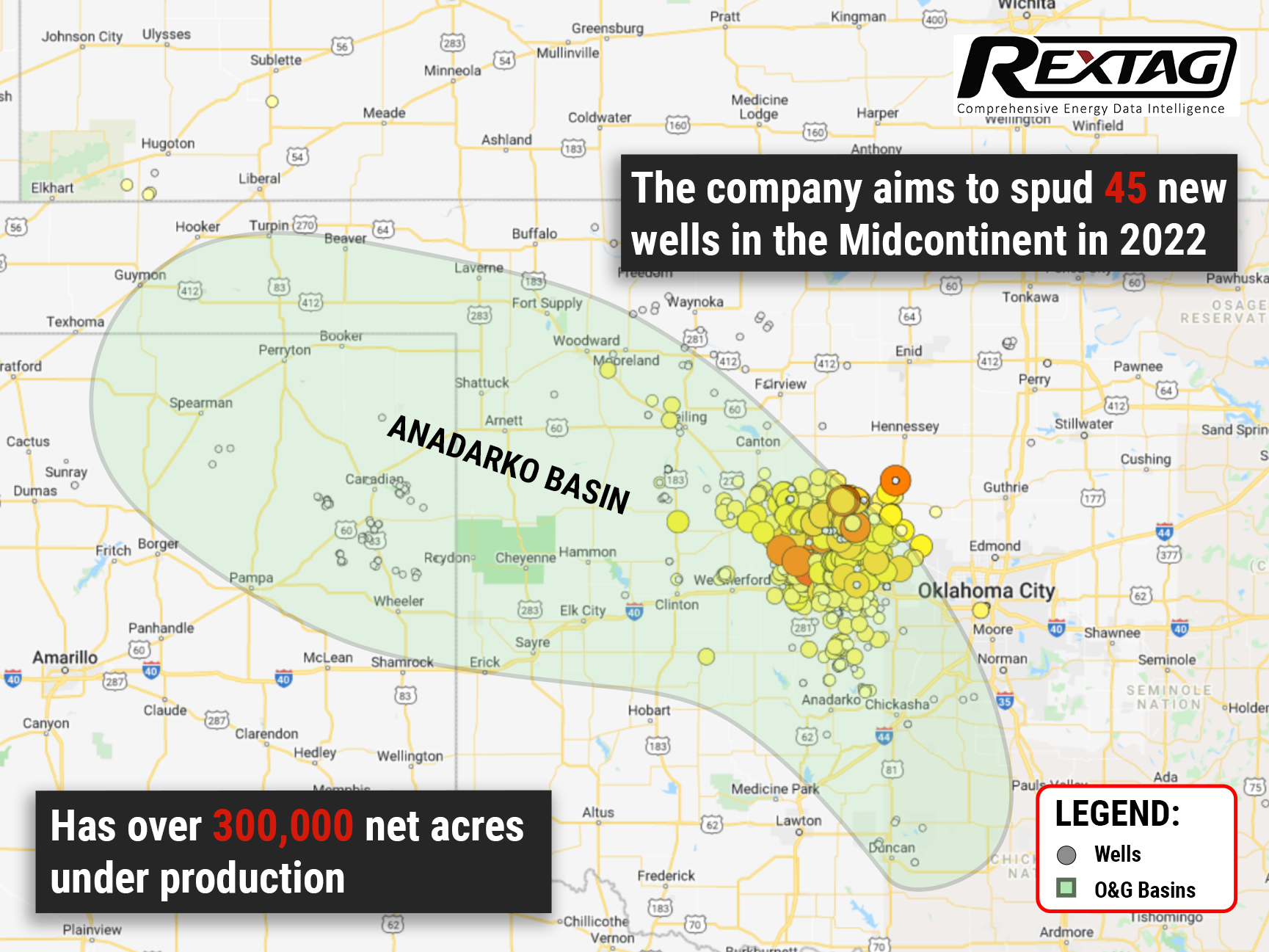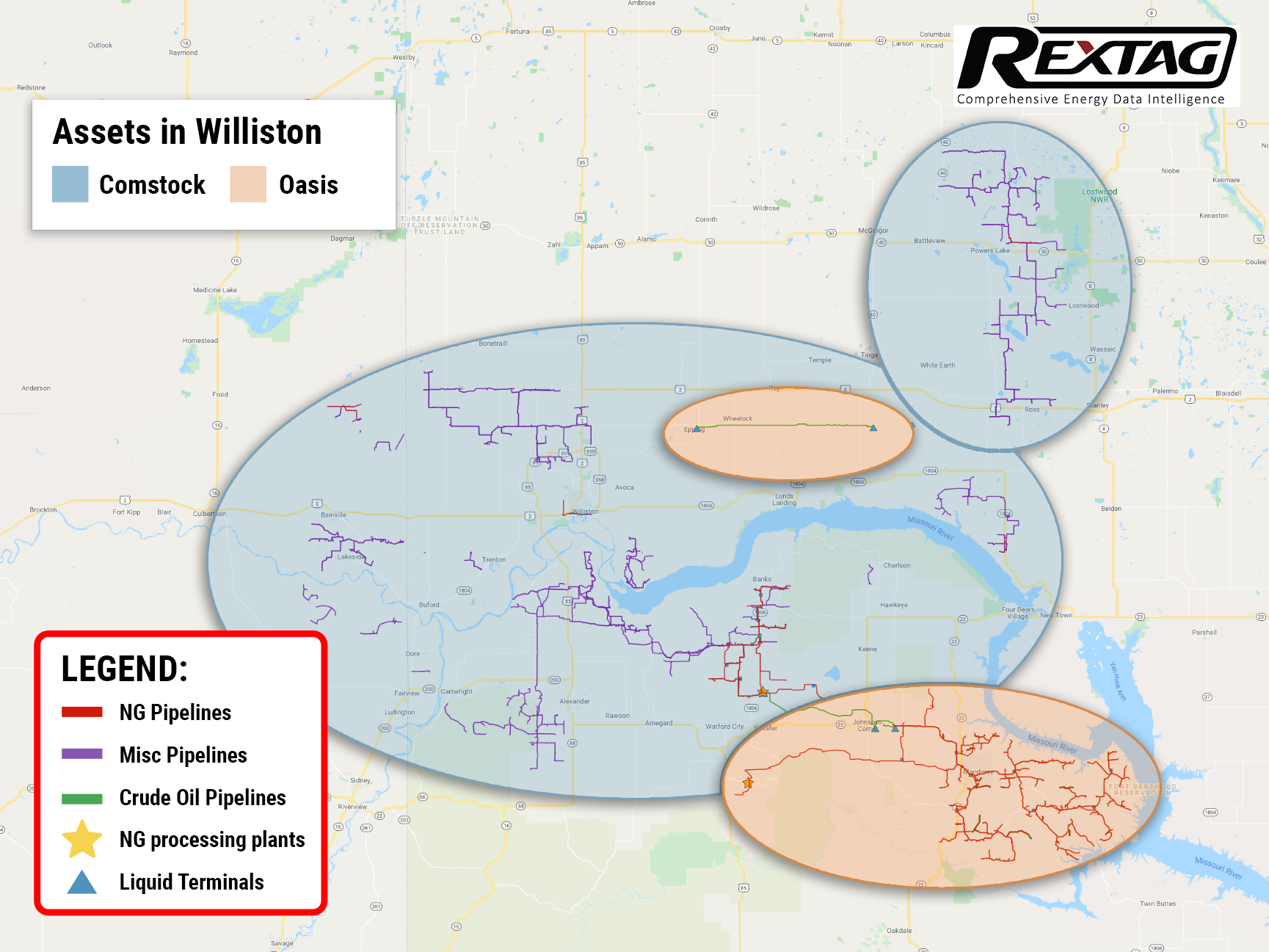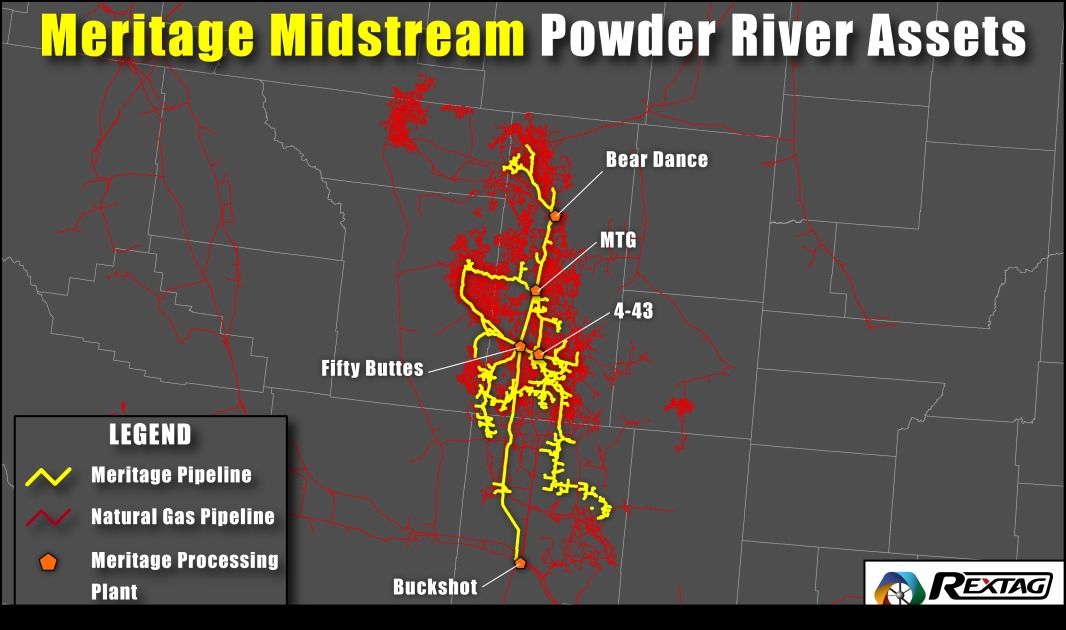Blog
Since days when shale oil and gas technologies were discovered, the U.S. energy industry has been evolving more rapidly than ever before. Many changes are amazing especially when you put them on an industry map. At Rextag not only do we keep you aware of major projects such as pipelines or LNG terminals placed in service. Even less significant news are still important to us, be it new wells drilled or processing plants put to regular maintenance.
Daily improvements often come unnoticed but you can still follow these together with us. Our main input is to “clip it” to the related map: map of crude oil refineries or that of natural gas compressor stations. Where do you get and follow your important industry news? Maybe you are subscribed to your favorite social media feeds or industry journals. Whatever your choice is, you are looking for the story. What happened? Who made it happen? WHY does this matter? (Remember, it is all about ‘What’s in It For Me’ (WIIFM) principle).
How Rextag blog helps? Here we are concerned with looking at things both CLOSELY and FROM A DISTANCE.
"Looking closely" means reflecting where exactly the object is located.
"From a distance" means helping you see a broader picture.
New power plant added in North-East? See exactly what kind of transmission lines approach it and where do they go. Are there other power plants around? GIS data do not come as a mere dot on a map. We collect so many additional data attributes: operator and owner records, physical parameters and production data. Sometimes you will be lucky to grab some specific area maps we share on our blog. Often, there is data behind it as well. Who are top midstream operators in Permian this year? What mileage falls to the share or Kinder Morgan in the San-Juan basin? Do you know? Do you want to know?
All right, then let us see WHERE things happen. Read this blog, capture the energy infrastructure mapped and stay aware with Rextag data!
Rockies Overview by Rextag: Green River, Powder River, Niobrara-Denver Julesburg, Piceance, Uinta, San Juan, Paradox Basin, Wyoming, Colorado, Utah, New Mexico
New Mexico leads the Rockies region in gas production and ranks as the sixth-largest in terms of active gas wells in the U.S. Last year, the state's gas well count slightly increased by 0.2% to 30,699, with new additions in both the northwestern San Juan Basin and the southeastern Permian Basin. Meanwhile, just to the north in Colorado, gas producers grew by a modest 0.1% to 30,322, primarily due to increased drilling activity in the DJ and Piceance basins. Wyoming saw a decline in its active gas wells by 3.7%, down to 17,006, with production mainly in Sublette, Sweetwater, and Converse counties reflecting stable or slightly reduced drilling activity. Utah also experienced a slight decrease of 0.2% in its number of gas wells, totaling 6,463. In Q1 2024, oil and gas industry activity in Oklahoma, Colorado, and northern New Mexico experienced a decline. This marks the fifth consecutive quarter of contraction in drilling and business activities within these regions. According to a survey that included responses from 33 firms operating in the Rockies, this downtrend is expected to continue over the next six months.
Kinder Morgan Overview: 2022 vs 2023, Oil & Gas Wells, Pipelines, Terminals, Deals
Kinder Morgan stands as North America's top independent mover of petroleum products with around 2.4 million barrels daily across the continent. The bulk of this flow happens through its Products Pipelines division, which navigates gasoline, jet fuel, diesel, crude oil, and condensate through a network of about 9,500 miles of pipelines. Alongside, the company maintains roughly 65 liquid terminals that not only store these fuels but also blend in ethanol and biofuels for a green touch.
Continental Resources Profile: 2022 vs 2023 Overview with 2024 M&A Moves
Continental Resources is actively involved in innovative energy projects to enhance oil production and environmental sustainability. The company has invested $250 million in the world's largest carbon capture and sequestration (CCS) project, a partnership with Summit Carbon Solutions. This project aims to capture CO2 from industrial sources in the Midwest and store it in North Dakota's Williston Basin, where Continental has significant experience and presence. In the Powder River Basin, Continental has expanded its operations by acquiring 400,000 acres. It is now the second-largest producer in this area, achieving high initial productivity from its Niobrara wells. The company aims to develop a competitive program across its portfolio, drawing on its successes in the Williston Basin. In the Williston Basin, known for its Bakken play, Continental is enhancing oil recovery through innovative well completion designs and exploring the potential of refracturing existing wells. These efforts are part of Continental's broader strategy to increase oil extraction efficiency and contribute to environmental sustainability.
Oil and Gas Industry of Wyoming: Basins, Counties, 2022 vs 2023 Review
In Wyoming during 2023, the oil and gas industry experienced various trends and developments. Wyoming ranked 8th nationally in both crude oil and natural gas production, significantly contributing to the economy through property and severance taxes. The state had a peak of 27,951 producing wells in 2022, including oil and gas wells, with 33 operating gas plants processing nearly 97% of the state's gas production. Notably, 21 of Wyoming's 23 counties produce oil and/or natural gas, with Converse County leading in crude oil production and Sublette County in natural gas production. U.S. Energy Information Administration (EIA) predicted that crude oil production across the United States would increase to 12.8 million b/d in 2024. Throughout 2023, oil production in Wyoming showed an upward trend, with more than 95 million barrels expected to be produced, an increase of about 3 million barrels from 2022. This rise in oil production was partly attributed to the completion of 110 newly drilled oil wells in the first half of the year, mainly in the Powder River Basin. However, natural gas production faced a decline due to the aging of wells and a low number of new gas wells being completed. Only 18 new gas wells were finished in the first half of 2023, with a noted interest in drilling applications, suggesting potential future developments.
Bakken's Tipping Point: Grayson Mill's Potential Fall After Chevron-Hess
The Permian Basin, a big oil area, is not seeing as many deals as before because lots of companies have already joined together. Now, experts think these companies might start looking for new places to invest in the U.S. One area getting attention is the Bakken play. Chevron Corp. has just made a big step there by buying Hess Corp. for $60 billion. Another company, Grayson Mill Energy, which got some help from a Houston investment firm EnCap Investments LP, might also be up for sale soon, worth about $5 billion.
Western Expands Powder River Footprint with $885M Acquisition
Western Midstream will acquire Meritage Midstream's Powder River Basin assets, including gas gathering and an NGL pipeline, for $885 million in cash. A subsidiary of Western Midstream Partners LP is set to acquire Meritage Midstream Services II LLC in an $885 million all-cash transaction, marking a significant expansion in the Powder River Basin for the company.
From Beginnings to a $7.1 Billion Milestone: Deal-Making Histories of Energy Transfer and Crestwood - Complex Review by Rextag
Energy Transfer's unit prices have surged over 13% this year, bolstered by two significant acquisitions. The company spent nearly $1.5 billion on acquiring Lotus Midstream, a deal that will instantly boost its free and distributable cash flow. A recently inked $7.1 billion deal to acquire Crestwood Equity Partners is also set to immediately enhance the company's distributable cash flow per unit. Energy Transfer aims to unlock commercial opportunities and refinance Crestwood's debt, amplifying the deal's value proposition. These strategic acquisitions provide the company additional avenues for expanding its distribution, which already offers a strong yield of 9.2%. Energized by both organic growth and its midstream consolidation efforts, Energy Transfer aims to uplift its payout by 3% to 5% annually.
Continental Resources Becomes Private, Harold Hamm Purchases it for $4.3 Billion
Continental ResourcesInc. agreed to be purchased by its founder, Harold G. Hamm, in a $4.3 billion cash deal that would take the U.S. shale giant private. On October 17 Continental, based in Oklahoma City, concluded an agreement to be acquired by Omega AcquisitionInc., an entity owned by Hamm, for $74.28 per share. The offer price denotes a 15% premium to the closing price on June 13 — the day before Hamm’s family revealed their initial $70 per share proposal. Even with the proposed incremental leverage from the buyout, CLR would be almost 0.6x leveraged in 2023, and expected FCF, even before assuming reduced costs from going private (else dividend), would have the term loan repaid in about 1.5 years. As a private company, Continental should have greater freedom to operate, particularly in areas such as exploration. Being a chairman of Continental Resources, Hamm and his family own 83% of the company’s stock. Based on the shares outstanding as of October 12, the tender offer would be for almost 58 million shares of common stock, according to the Continental release. The tender offer values Continental at roughly $27 billion. The offer price is slightly under Siebert Williams Shank & Co. LLC’s $75 price target and compares to the consensus price target of $72.86 on FactSet and $71.73 on Bloomberg.
All In: Devon Energy is Banking on a Rebound for Anadarko
Devon Energy Corp. believes that the Anadarko Basin is a hidden treasure and aims to use its position in it to fuel a robust cash return model and establish itself as an industry leader in promoting ESG. This E&P company plans to drill 45 new wells in the Midcontinent by 2022, as well as to produce 600,000 boe/d across five operating basins, including the Eagle Ford Shale, Permian, Powder River, and Williston basins. And given that Devon's recent fourth-quarter results were better than Street estimates. It appears that they are doing something right, at least for the moment.
Ain't Nothing Like a $2 Billion Deal: Oasis Sells Midstream Affiliate to Crestwood
Crestwood & Oasis Midstream merge to create a top Williston #basin player. $1.8 billion deal is expected to close during the Q1 of 2022. The transaction will result in a 21.7% ownership stake for Oasis in Crestwood common units. The remaining ownership of Oasis in Crestwood will also be of benefit to the company since it will create a diversified midstream operator with a strong balance sheet and a bullish outlook after this accretive merger.
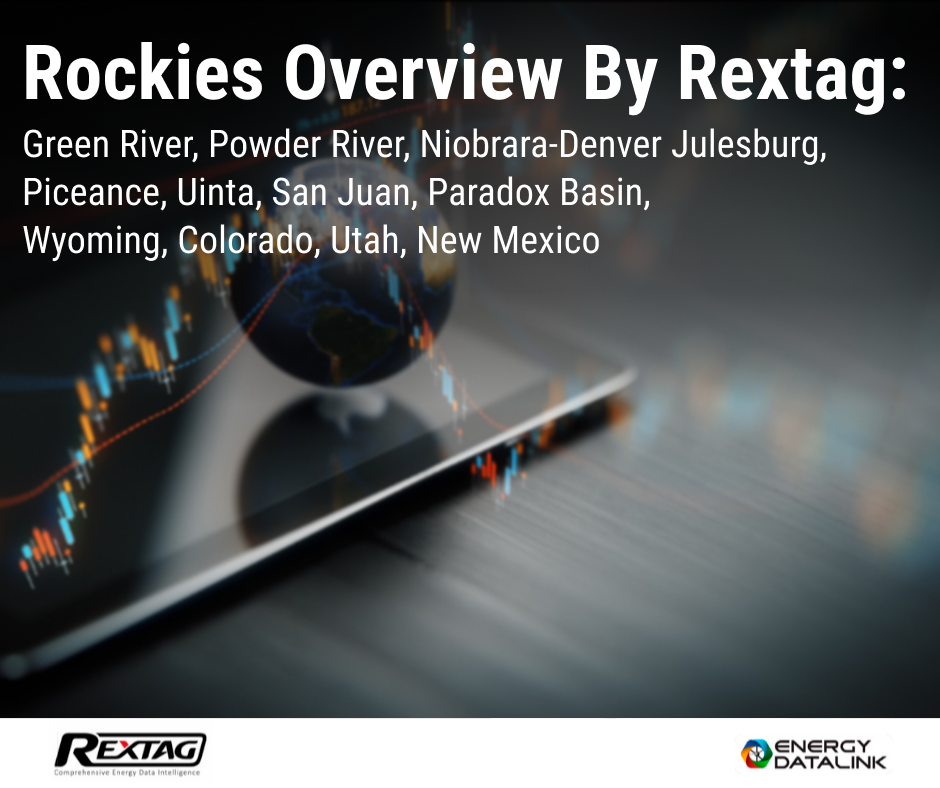
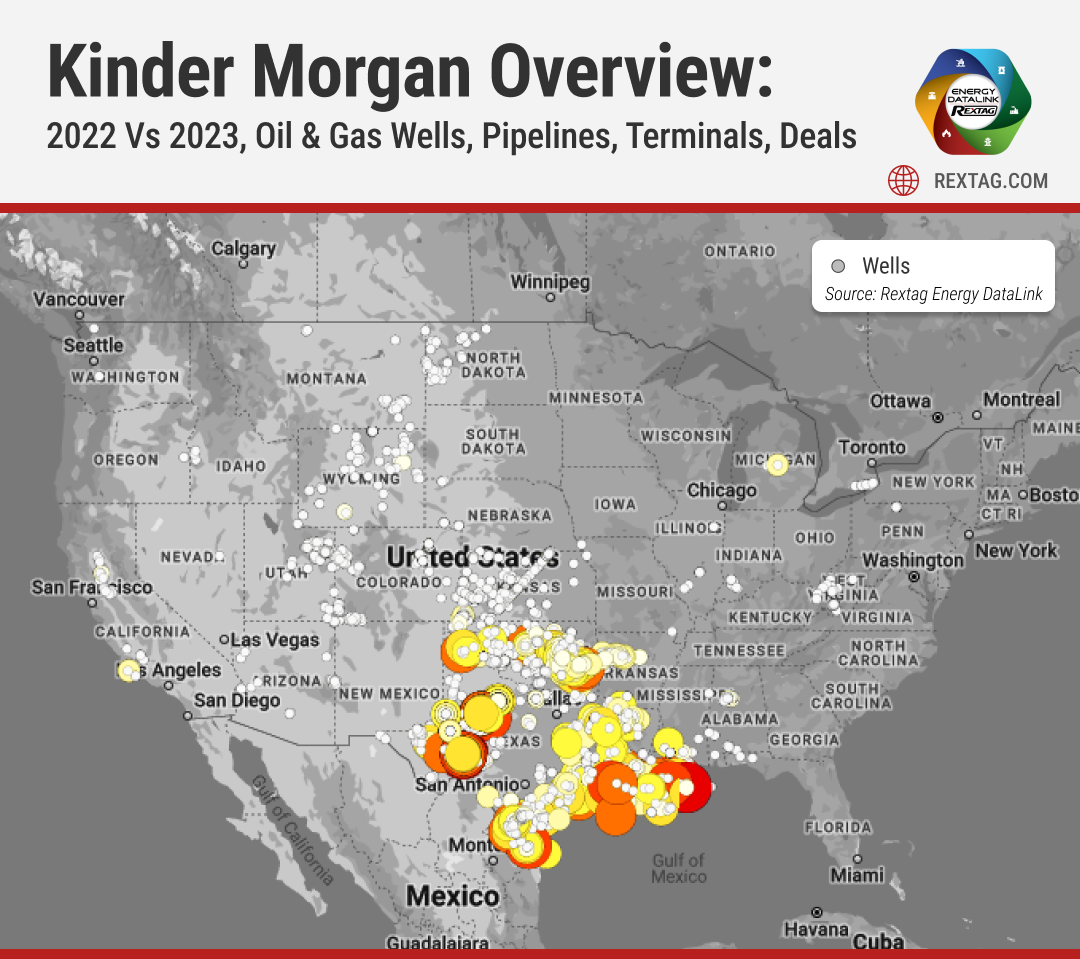
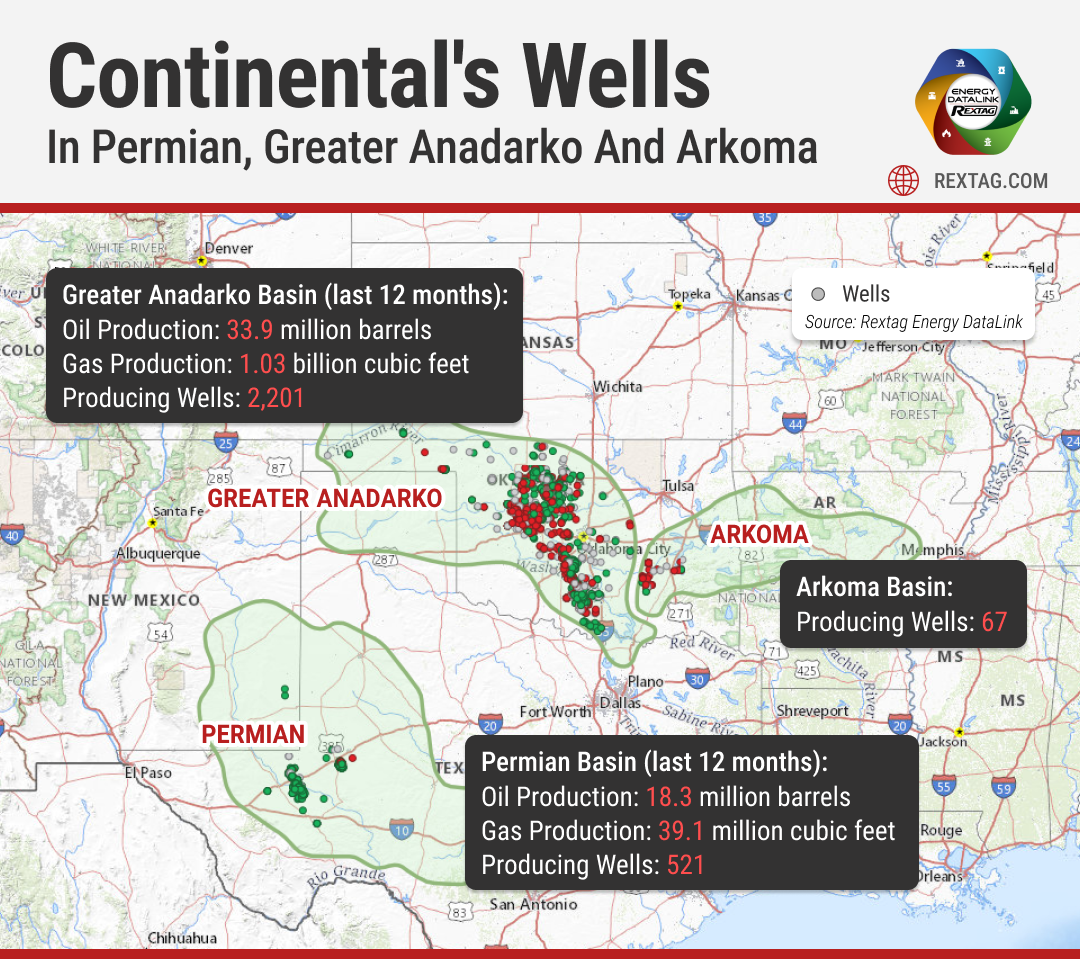
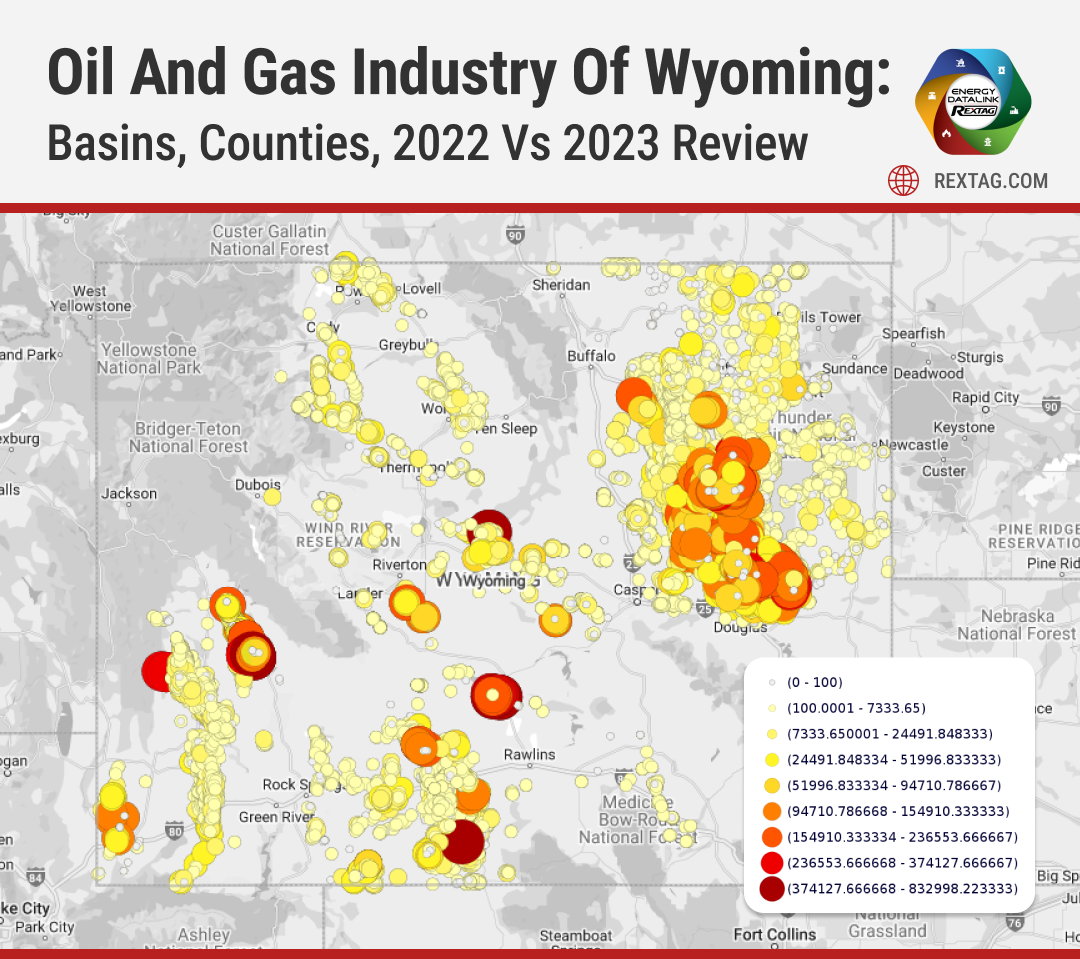
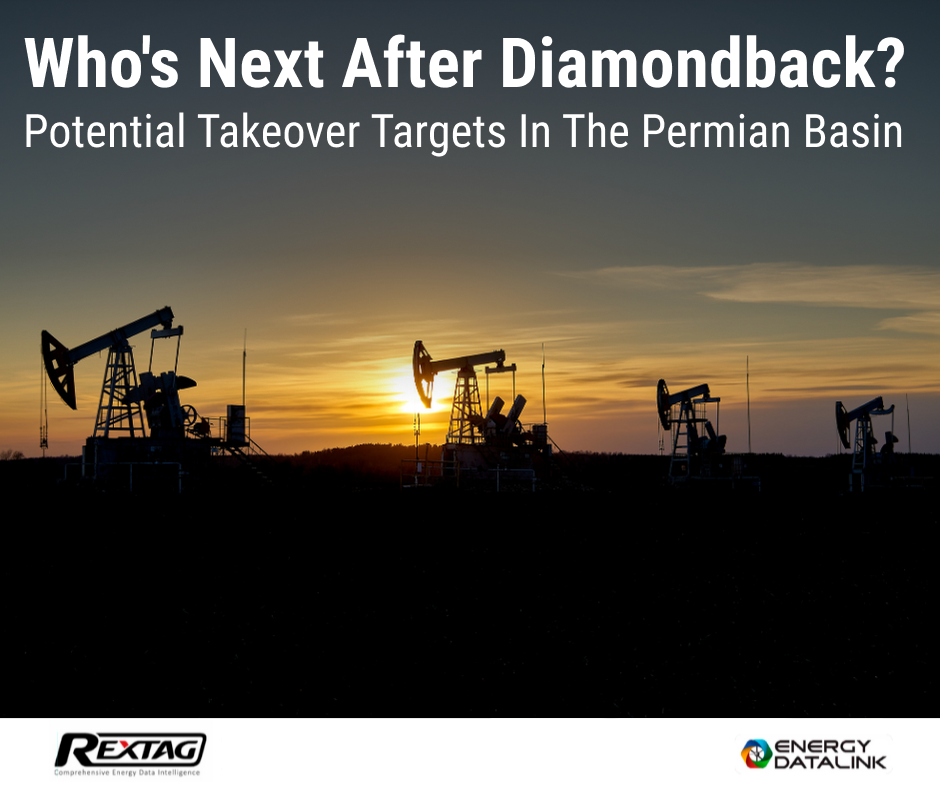
Blog_Grayson Mill acquired Ovintiv's Bakken assets for $825M in 2024.png)


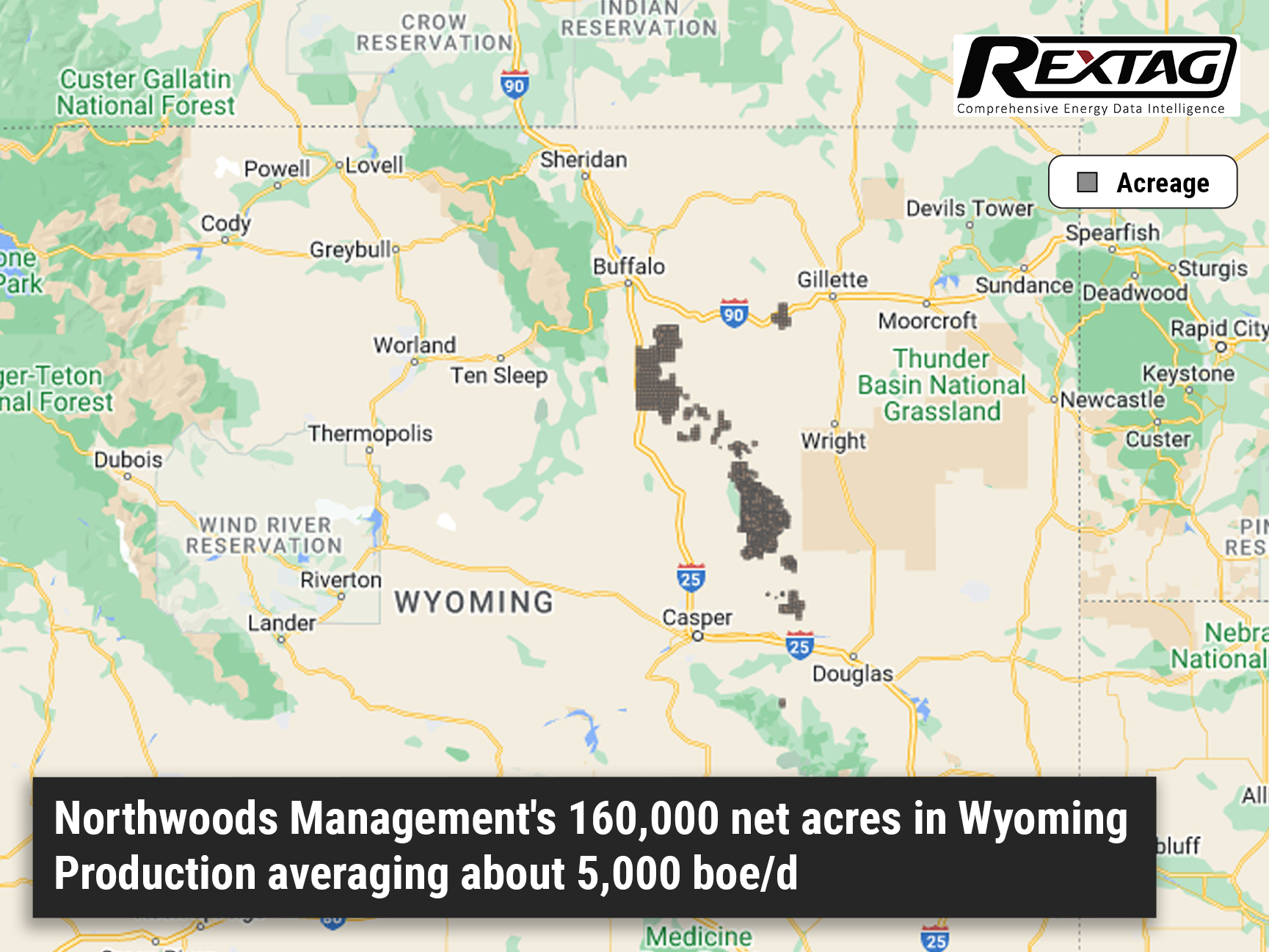
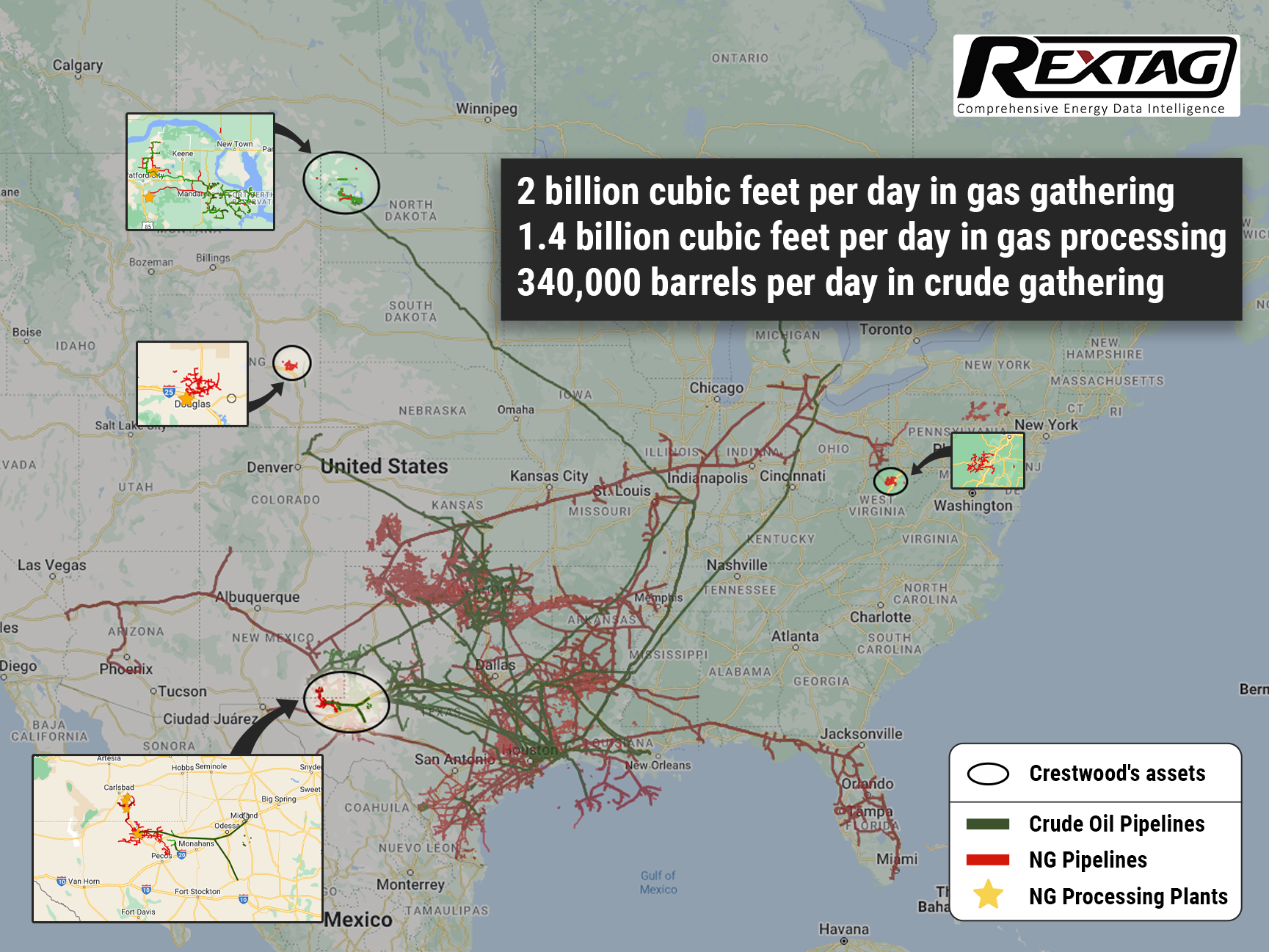
.png)
